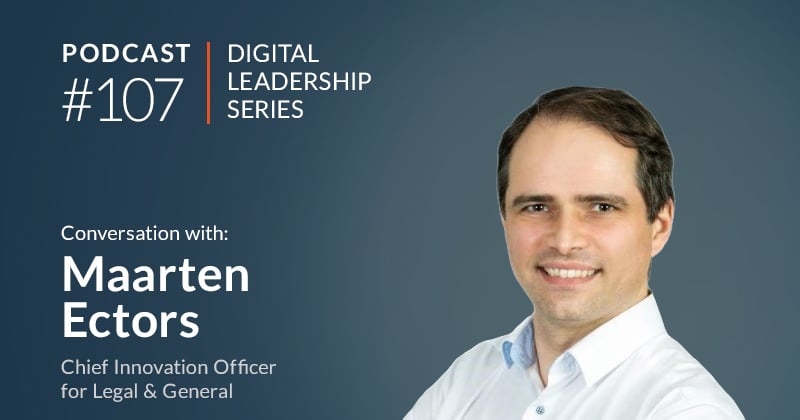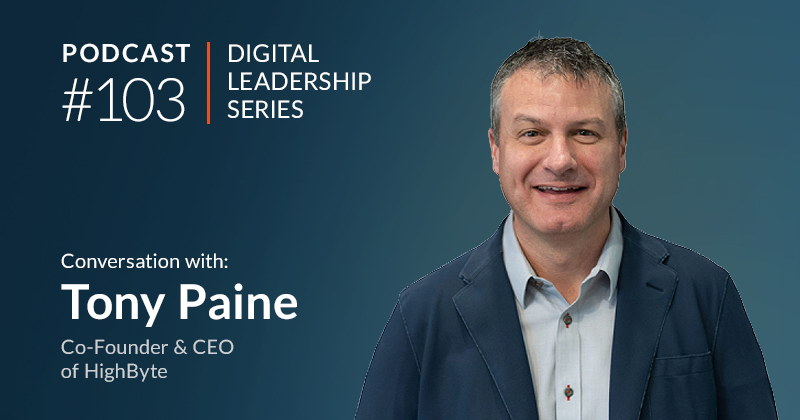Insight Vector: How Oden Unlocks Value From “Hidden Factories”
Ed Maguire

Innovation and market perspectives from leading IOT innovators
There’s an enormous amount of waste in the manufacturing process, particularly in the plastics industry. In the past, advanced optimization capabilities were available to only the top echelon of global firms; now with cloud computing and software as a service, there’s massive opportunity for smaller manufacturers to increase their own efficiency and ROI by significant levels, leading to improvements not just in the availability of production metrics, but also in employee effectiveness and customer satisfaction. We spoke with Willem Sundblad, founder and CEO of Oden Technologies, a provider of SaaS-based manufacturing analytics, insights, and intelligence solutions to find out more.
|
|
Willem Sundblad |
Willem is the founder and CEO of Oden Technologies, an Industrial Internet of Things company offering wireless and cloud-based tools to manufacturers to analyze and optimize production. Willem studied Industrial Engineering specialized in production at Lund University and Ecole Centrale Paris. Oden has raised venture capital from prominent investors like EQT Ventures, Saul Klein and Tesla's previous CPO & Head of supply chain Peter Carlsson.
What shaped your view of the opportunity that led you to found Oden?
We are an Industrial IoT platform as a means to an end – eliminating waste and improving production in manufacturing. With waste, there is a concept called Overall Equipment Efficiency (OEE). World-class manufacturing companies score around 85 or above. The hard reality is that most manufacturers score their operations between 30-65. This gap is called the “hidden factory”.
Every source of waste can be eliminated if you understand the inputs. These problems are predicated around machine and physics, which are a lot easier to understand than irrational human behavior. If companies have access to these insights, they can improve their processes and grow high value manufacturing across the globe.
How do the different stakeholders cooperate to optimize manufacturing output?
For the “Perfect Production Cycle” to work, execs need to ask the right questions about constraints, engineers need to solve the constraints and operators need to execute on the solutions to deliver ROI. In the plastics industry, you can track how products are made, compare times that production was ramping up and was in steady state, then flag anomalies (such as a changeover time that takes too long). You can improve speed of output without compromising quality. By tracking these variables and surfacing the answers, our goal is to be able to give people the answers to improve production.
How would you characterize adoption of manufacturing efficiency analytics solutions?
Cloud computing means that even smaller companies have access to the technology today. Operationally, companies that manufacture high value products are early adopters. They are the most hungry, and have very demanding customers. They want to meet demand and beat competitors and deliver a better service. Slower adopters perceive they are not operationally ready, even though that isn’t the case. It’s a lack of understanding, but there is ROI to be gained and it’s a lot easier for them to reap the benefits.
What has changed to accelerate adoption?
Moore’s Law has been a powerful force driving more efficiency and value from technology. Everything in technology is becoming more efficient and commoditized, therefore it no longer makes sense for manufacturers to spend their own time and resources building in-house solutions.
There has also been a shift in perception that is less averse to buying software. SaaS may have higher yearly fees than the support costs of a perpetual license, but the total cost of ownership is lower and the value comes at day one. More data means a more valuable solution – and this becomes competitive advantage. Investing in teams and training from the information gleaned from process data, is the way to drive competitive advantage.
What could be catalysts for greater adoption in manufacturing?
For manufacturers, our early adopters’ success was about solving quality problems. Having to scrap products and materials is costly, and people often don’t know what caused the issue. If you can identify the problem immediately and show the customer the problem, you can save money but also improve the process and workflow.
How do you get from technology problem to business value?
In connected industry, the relationship between the manufacturing line and the operator can involve 100 or more data points per second on a line. Currently we are working on insights around predictive and prescriptive quality. We are working with existing customers to create new capabilities and deliver a lot more value, make them more efficient at solving problems and making their customers happier. It’s a big market opportunity – the plastics industry has 16,000 factories with an output of $370bn in the US.
To learn more about how IoT can unlock value within your industry, contact us at Momenta.




